A clean vacuum filter doesn’t just keep your vacuum running; it improves suction, traps allergens, and extends the lifespan of your machine. No matter what kind of filter you have, r, knowing how to clean it properly can make a big difference in both air quality and cleaning performance.
In this guide, we’ll walk you through how to identify your filter type, how to clean it step-by-step, and how often to maintain or replace it so your vacuum performs at its best.
Let’s start with the signs your filter might need cleaning.

Signs Your Vacuum Filter Needs Cleaning
Your vacuum filter may not come with a calendar reminder, but it certainly gives warning signs when it needs attention. Here are the most common indicators:
- Weak suction: If your vacuum isn't picking up dirt like it used to, and you find yourself going over the same spot multiple times, a dirty filter is a very likely culprit.
- Dust escaping or blowing around: If you notice a fine cloud of dust escaping from your vacuum's exhaust or see bits of dirt blowing around instead of being sucked up, that’s a red flag. This means your filter isn’t effectively trapping particles as it should.
- Unusual or musty odors: If your vacuum starts smelling musty or like something's burning, it could mean that the filter needs cleaning. Learn more about this using our “Why Does My Vacuum Smell Bad?” guide.
- Hot vacuum motor: If your vacuum feels unusually warm after a short period of use, it could be struggling to pull air through a clogged filter.
- Filter indicator light: Many modern vacuums have smart indicators. If yours lights up with a warning, it's definitely time to take a look.

Identifying Your Vacuum Filter Type
Not all vacuum filters are the same. To clean them properly , you need to know what type you’re working with. Here's a quick rundown of different types:
- HEPA Filters: HEPA (High-Efficiency Particulate Air) filters are designed to capture 99.97% of microscopic particles, making them ideal for allergy sufferers. These filters are typically not washable, but can be cleaned gently to extend their use.
- Foam Filters: Often used as pre-filters, foam filters trap larger dust particles and prevent them from reaching the motor or finer filters. Many of them are washable.
- Washable Filters: As the name suggests, these filters can be rinsed and reused, reducing waste and saving money. They’re most common in bagless vacuum models.
- Paper Filters: Mostly found in bagged vacuums, paper filters are disposable and should never be rinsed with water. They require periodic replacement depending on usage.

How to Clean Your Specific Vacuum Filter Type
How to Clean HEPA Vacuum Filters
HEPA filters require delicate handling to avoid damaging the fibers. If your manual permits rinsing, here’s how to do it properly:
- Ensure the vacuum is unplugged from the power outlet.
- Carefully remove the HEPA filter from the vacuum without shaking it too much to prevent dust release.
- Rinse under cool, clean water until the runoff is clear. Do not scrub or use detergent.
- Shake off excess water and allow the filter to air dry for at least 12–24 hours before reinserting.

How to Clean Foam Filters
Foam filters are relatively low-maintenance and reusable. Here’s the cleaning process:
- Remove the foam filter. You'll usually find it near the dustbag or motor. Give it a good tap over a trash can to shake off any loose dirt and debris.
- Rinse the filter under cool, running water. Add a few drops of dish soap only if the filter is especially dirty. Squeeze gently to help dislodge trapped dirt.
- Once you've rinsed it clean, squeeze out as much excess water as you can.
- Let it air dry completely. Don't put it back in your vacuum until it's completely dry; otherwise, you risk mold or mildew..
How to Clean Washable Filters
Washable filters are a favorite for eco-conscious users. To clean one:
- Remove the filter and tap gently to remove loose debris.
- Rinse with cool, running water until the runoff is clear, gently squeezing to dislodge dirt.
-
Let it air dry thoroughly before reinstalling. This can take up to 24 hours.
How to Clean Paper Filters
Paper filters are disposable, but you can sometimes prolong their life with gentle care:
- Tap the filter gently outdoors or over a trash can to remove loose dust. Avoid aggressive shaking.
- Use a soft brush to carefully remove embedded dust. Brush in the direction of the pleats.
- Do not use water on paper filters, as it can damage them.
- Check the filter against a light source for tears or holes. If found, replace the filter immediately.

Special Case: How to Clean Robot Vacuum Filters
Robot vacuums generally have small, easy-to-remove filters that need regular care:
- Remove and tap gently to dislodge dust.
- Rinse only if the filter is marked washable.
- Clean the dustbin with water only (no detergent).
- Let both components air-dry completely before reinstalling.
- Clean every two weeks and replace every 3 months.
Special Case: How to Clean Wet and Dry Vacuum Filters
Filters for wet and dry vacuums often pick up heavier debris and liquids. To clean:
- Rinse under water if dirty.
- Let air-dry completely before next use.
- If suction remains weak or the filter looks worn, replace it every 3–6 months.
How Often Should You Clean Your Vacuum Filter?
Cleaning frequency depends on use and environment. A few general rules:
- Light use (1–2x/week): Clean every 1–3 months.
- Heavy use or pets/allergies: Clean monthly or more.
- Robot vacuums: Clean biweekly, replace every 3 months.
- Paper filters: Replace instead of cleaning.

Best Practices for Vacuum Filter Maintenance
To keep your vacuum running like new, follow these tips:
- Avoid overfilling the dustbin or bag, which pushes more particles into the filter.
- Clean the filter outside whenever possible to prevent dust from accumulating indoors.
- Check airflow regularly. Reduced suction usually means it's time to clean.
- Keep a backup filter on hand so you always have a clean one ready while the other dries.
When Should You Replace Your Filter?
Even with regular cleaning, filters wear out. Here’s how to tell when it’s time to replace, not just clean, the filter:
- Your vacuum’s suction isn’t restored even after cleaning the filter.
- You notice persistent odors that persist even after drying.
- The filter is torn, discolored, or permanently clogged.
- Your vacuum alerts you with a “check filter” or “replace filter” signal.
-
Replace HEPA and foam filters every 6–12 months, and paper filters as needed.

Final Thoughts
Your vacuum’s filter plays a vital role in your appliance’s performance and your home’s air quality. Clean it regularly, replace it when needed, and always refer to your vacuum’s user manual for specific care guidelines.
Bookmark this guide and set a calendar reminder to check your filter monthly. A little maintenance goes a long way in keeping both your vacuum and your home spotless!















































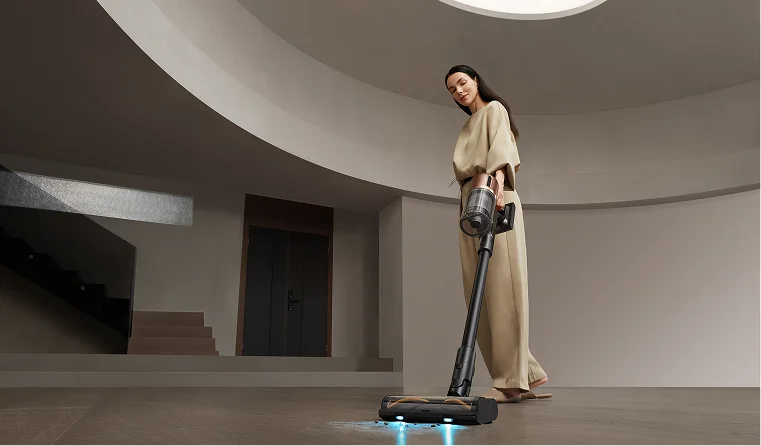
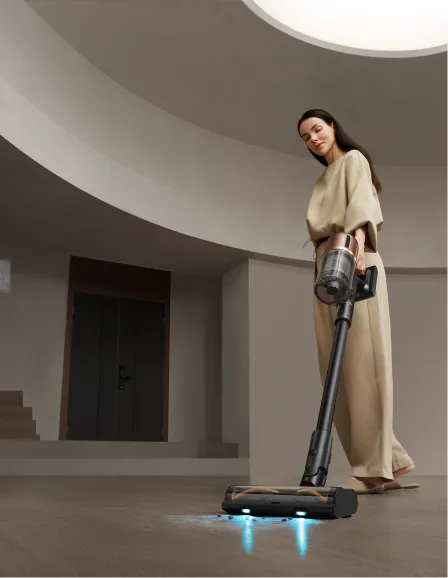
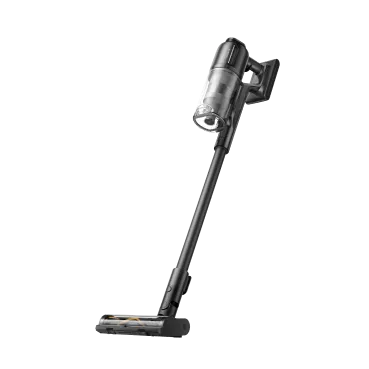
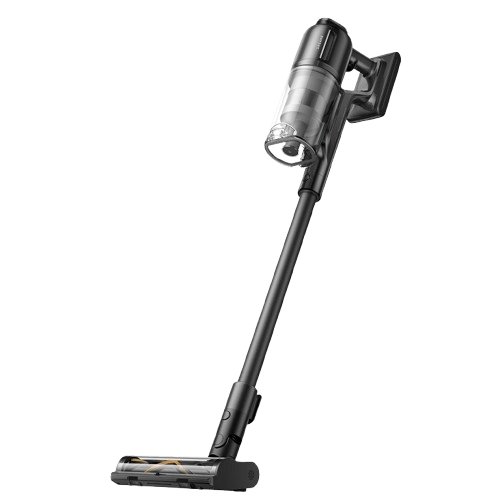
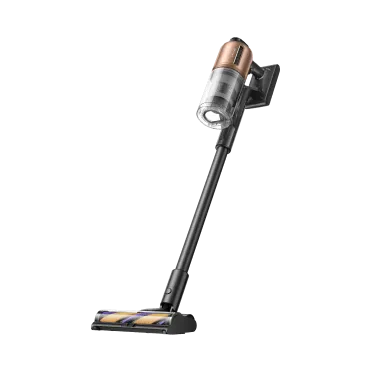
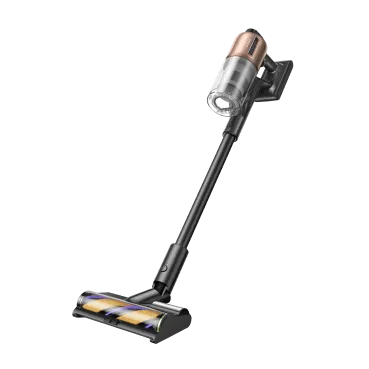
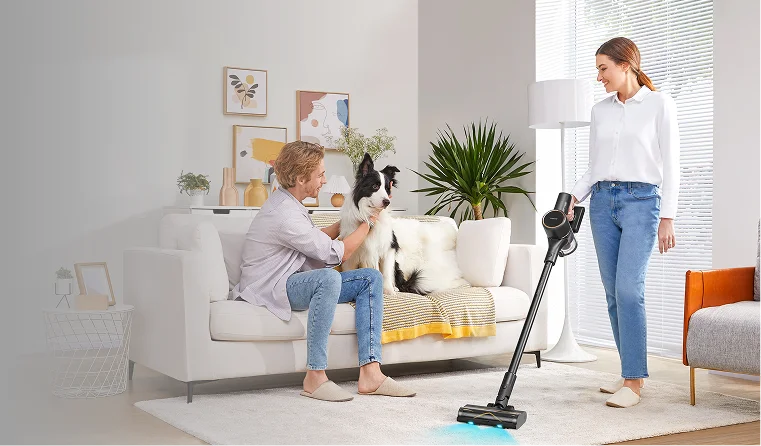
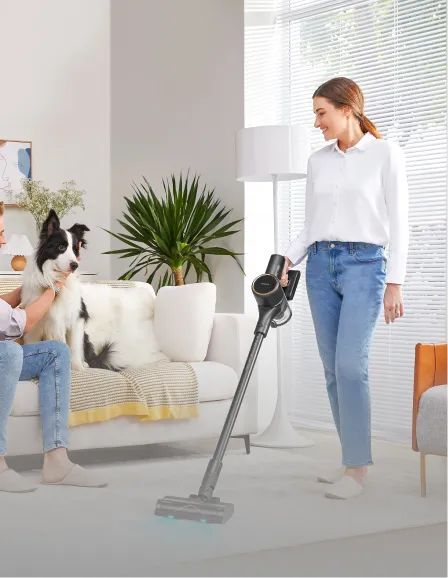
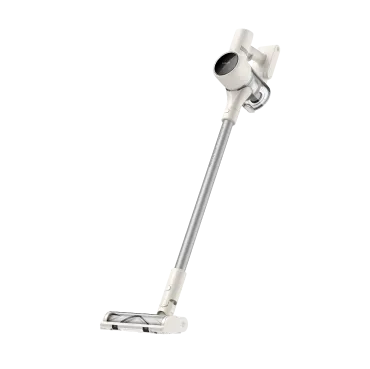
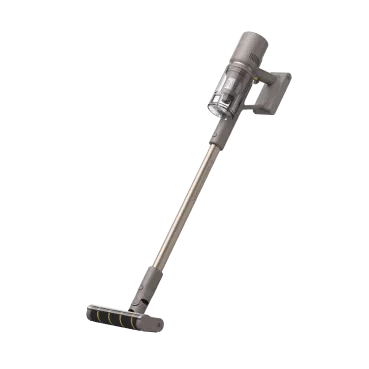
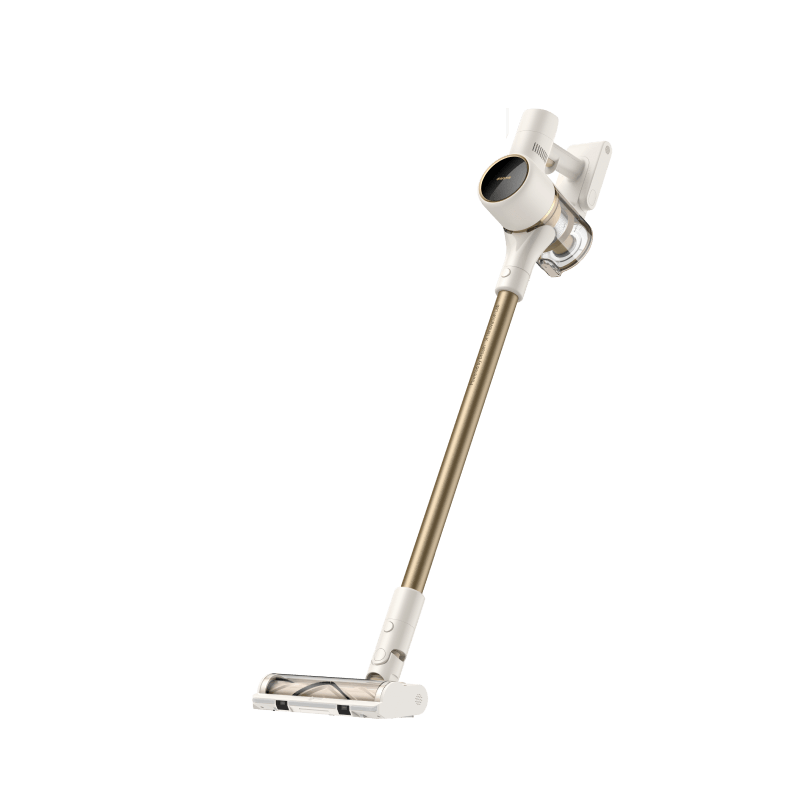
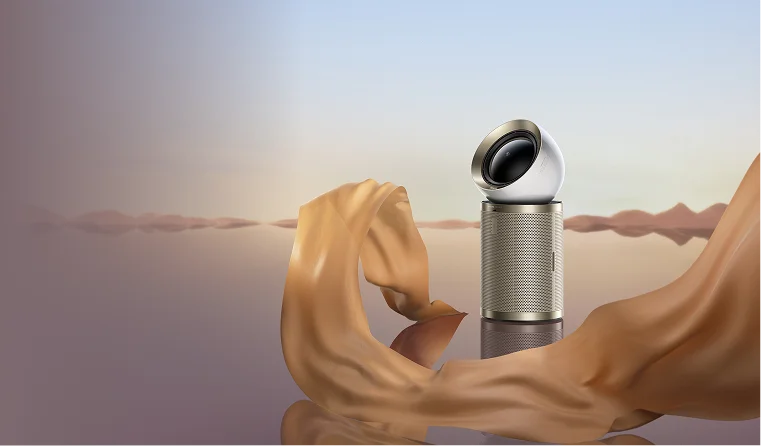
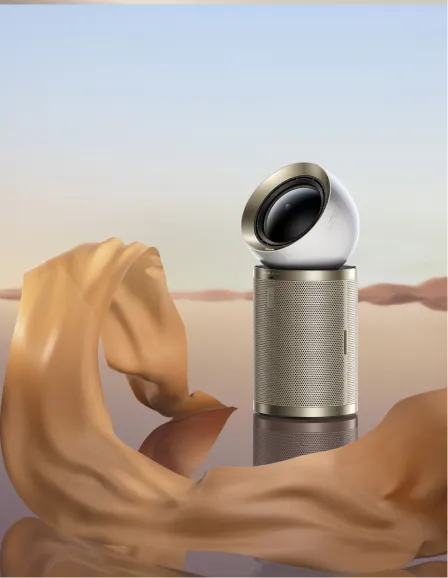

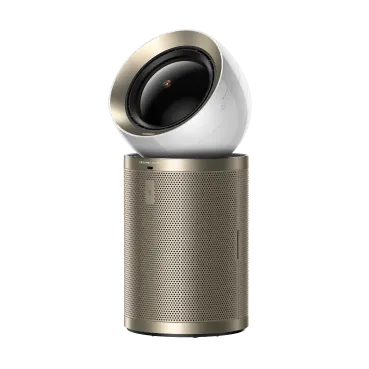

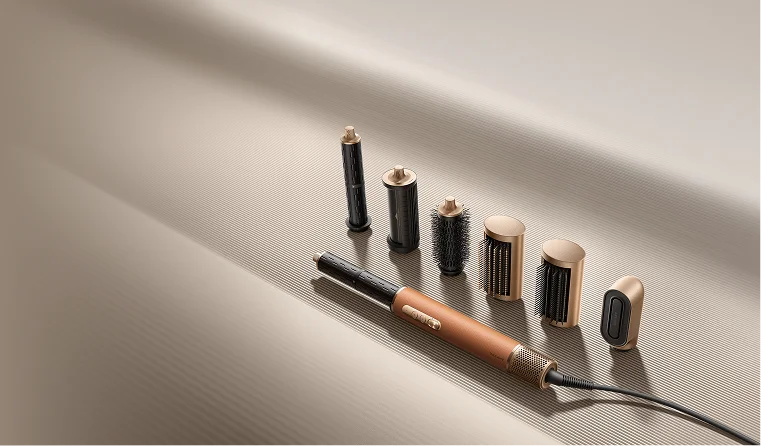
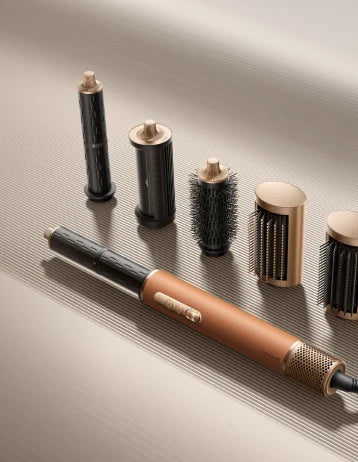
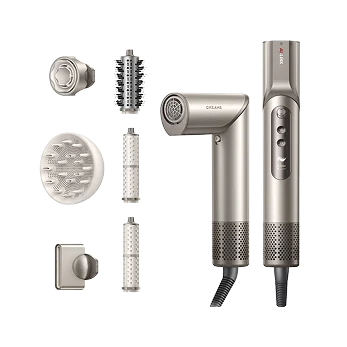


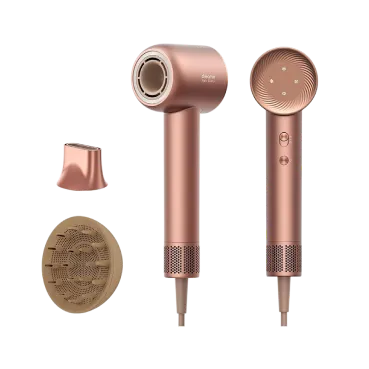
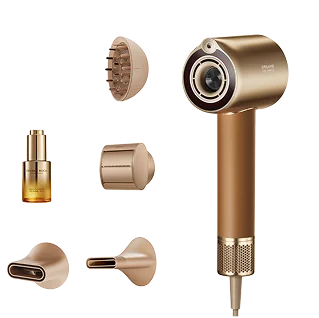
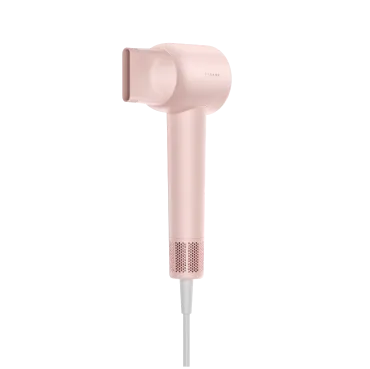


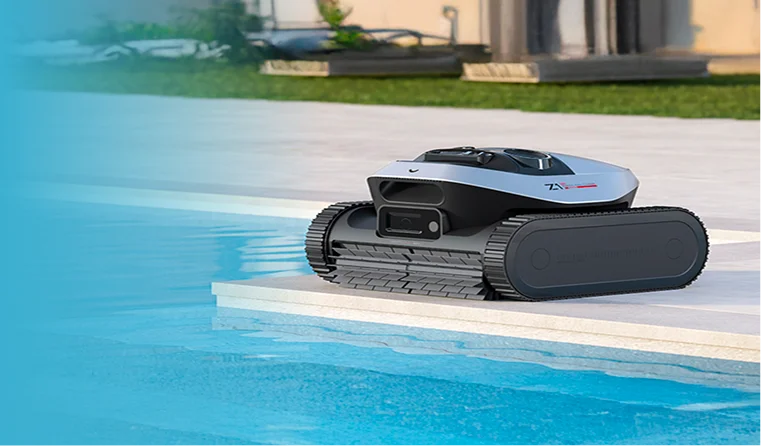
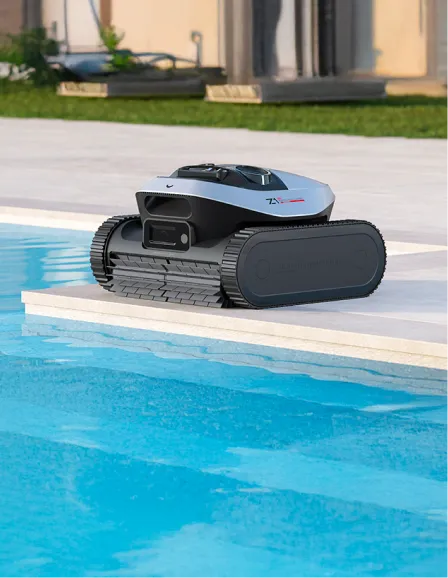
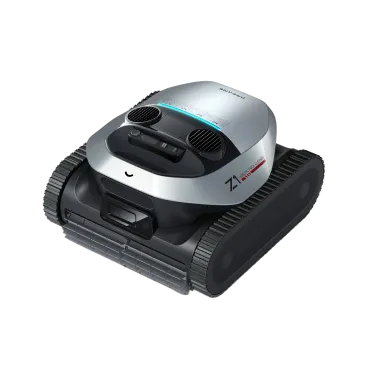
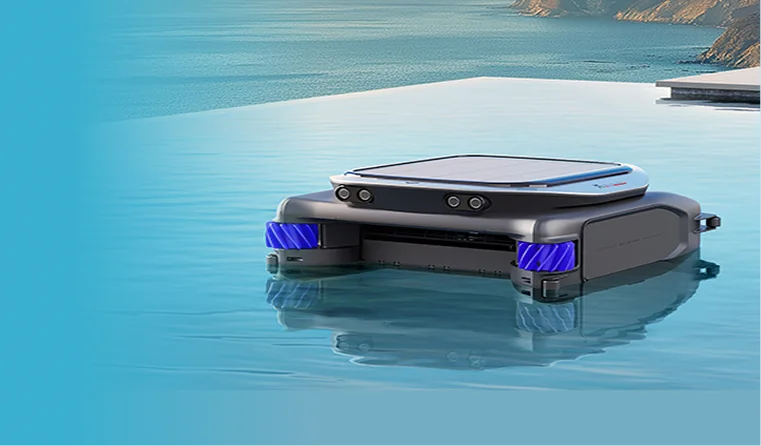
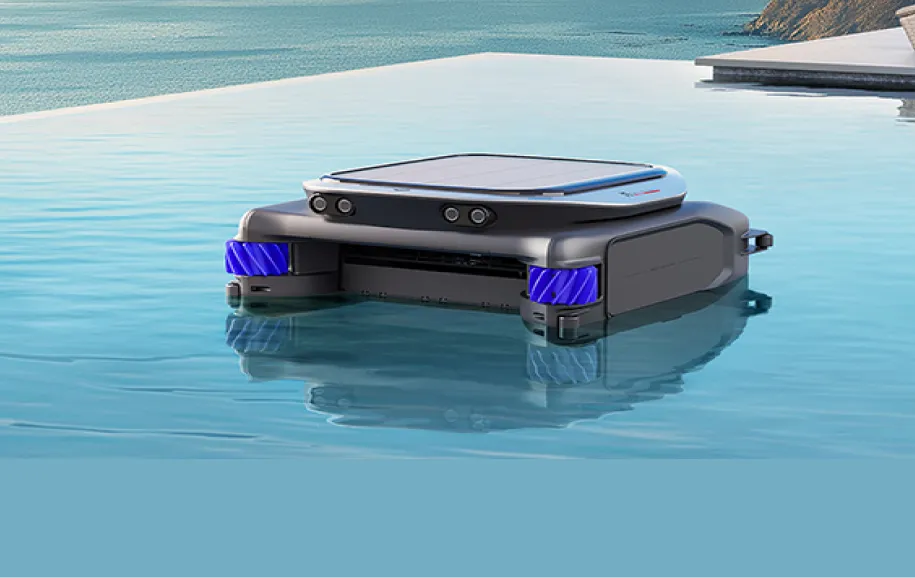










 Australia
Australia 中国大陆
中国大陆 日本
日本


 Türkiye
Türkiye


 Italia
Italia
 Netherlands
Netherlands Belgium
Belgium
 Greece
Greece Polska
Polska
 Norway
Norway
 Sweden
Sweden
 Finland
Finland
 Denmark
Denmark
 Hungary
Hungary Czechia
Czechia
 Slovenia
Slovenia
 Croatia
Croatia
 Switzerland
Switzerland United Kingdom
United Kingdom
 Canada
Canada


